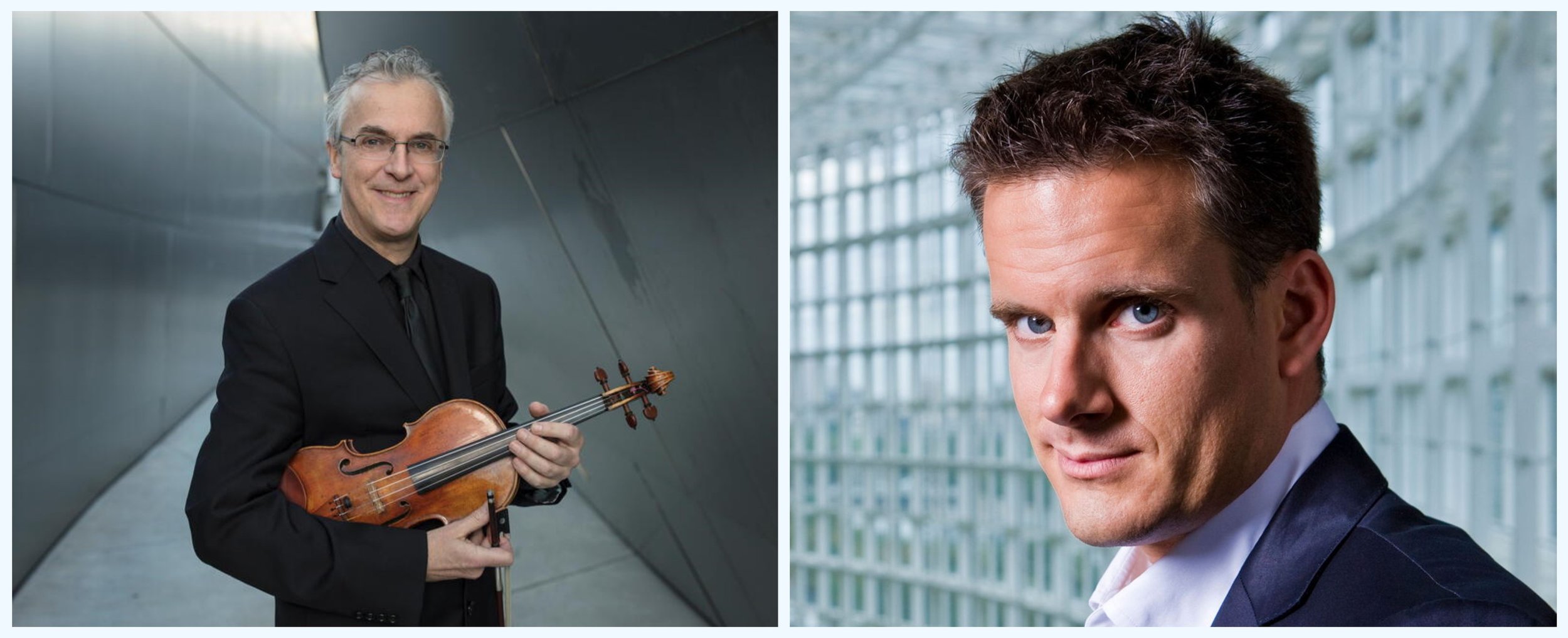LA Phil Season Ends with Mostly Memorable Mozart
/By Truman C. Wang
6/5/2023
The May 6 concert, conducted by Philippe Jordan, was full of grace. The dignified and engaging Swiss maestro is a familiar sight in L.A., where he returns often. Dovrak’s Violin Concerto was an extraordinarily poetic performance. Martin Chalifour, the soloist and LA Phil’s concertmaster, showed his mastery of romantic style from the start, shaping the triplets of the main theme eloquently (much better than his solo playing in last week’s Scheherazade, which got sidetracked by a unruly audience of school kids.) Soloist, conductor, and orchestra were as one in their presentation of a score, unconventionally fashioned but warmly felt. The emotion rang true and deep, though with a touch of reticence. The soloist’s duet with the first oboe, then the first bassoon, was one memorable detail among many. The Bruckner Seventh followed, and it was fluent, lyrical, admirably proportioned, and warmly played. Of all the guest conductors who have come and gone, few are as satisfying in the romantics and Viennese masters as Philippe Jordan.
Over an hour and a half of Mozart and his contemporaries, with no intermission and, remarkably, few audience bolting or fidgeting, the May 10 recital by Icelandic pianist Víkingur Ólafsson had tremendous scope and sweep; his dramatic traversal of Mozart’s last ten years unleashed a tsunami of passion while doing so within the boundaries of the Classical form and good taste.
The romantic tone was set from the opening piece by Baldassare Galuppi (1706-1785), whose flamboyant Venetian style and sweeping, cascading arpeggios paved the way – via C.P.E. Bach and Cimarosa – to Mozart’s D-minor Fantasie K.397. Occasionally, there were passing moments of romantic excesses, phrases punctuated with dynamic extremes and exaggerated pppp’s and ffffff’s. Missing was the relaxed charm and humor in the B-minor Sonata of Joseph Haydn – probably the least romantic by reputation among the evening’s lineup of Classical composers, and one who had the most to lose.
Ólafsson was most successful when he kept it simple, as in Mozart’s C-major sonata K.545 (a simple yet profound andante , unadorned by ornaments) or, at the end of his Mozartian journey, when he stormed through the C-minor sonata K.457 as if it were Beethoven’s “Pathétique” sonata (also in C-minor) which it undoubtedly foreshadows.
Next season the Icelandic pianist returns to play J.S. Bach’s Goldberg Variations – presumably in the same romantic vein, with enough heat and sizzle to melt an iceberg.
On June 4, an estimable Mozart pianist of the old tradition, Mitsuko Uchida, played the Piano Concerto No. 27 (K.595), the composer’s last. Marking this final concert of the L.A. Phil’s season were three last works of Mozart in opera (Magic Flute overture), in piano concerto (number 27), and in symphony (number 41, “Jupiter”). Ms. Uchida’s answer to the Mozartian question was as direct and expressive as Mr. Ólafsson’s was intense and cerebral. The year of the concerto’s composition, 1791, was annus horribilis for the Mozarts; however, one must keep in mind that art does not imitate Mozart’s life. If it did, then what would one make of the Musical Joke K.522, composed just two weeks after Papa Leopold’s death? Back to the concerto, in its three mellow, harmonically uncomplicated movements, Ms. Uchida and the orchestral players (particularly the winds) achieved perfect rapport, whether in dialogs or in unison playing. The gentle melody in the slow movement larghetto was sung with a loveliness of tone and graceful expression of a fine opera singer. (Think Pamina’s aria “Ach, ich fühl's” from the Magic Flute.)
Whether by design or by happenstance, Mozart’s first and last symphonies share the same four-note figure (c-d-f-e) that runs through much of the music. Gustavo Dudamel’s brilliant account of the ‘Jupiter’, at once stirring and lyrical, was quite possibly his finest reading of a Classical symphony I have heard to date. The elaborate wind band, favored by Mozart in his large orchestral works and ‘grand piano concertos’, played sweetly and winningly in the symphony as well as in the Magic Flute overture. Mozart’s music may be easy on the ear, but playing it well is hard, requiring the highest discipline and artistic sensibilities, as exhibited by the excellent L.A. Philharmonic players in their season finale concert.
Truman C. Wang is Editor-in-Chief of Classical Voice, whose articles have appeared in the Pasadena Star-News, San Gabriel Valley Tribune, other Southern California publications, as well as the Hawaiian Chinese Daily. He studied Integrative Biology and Music at U.C. Berkeley.



